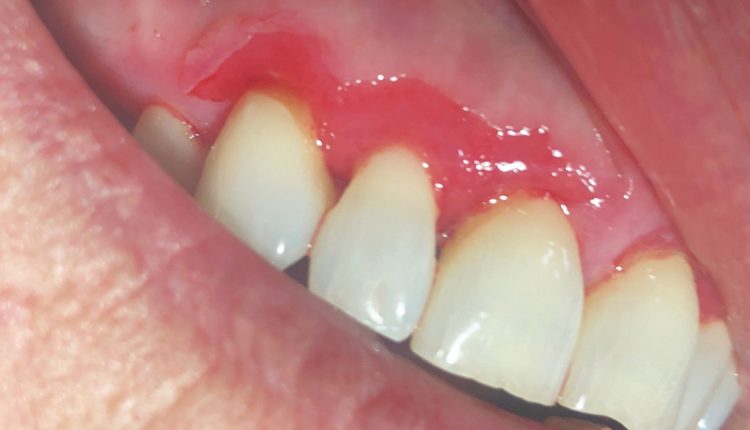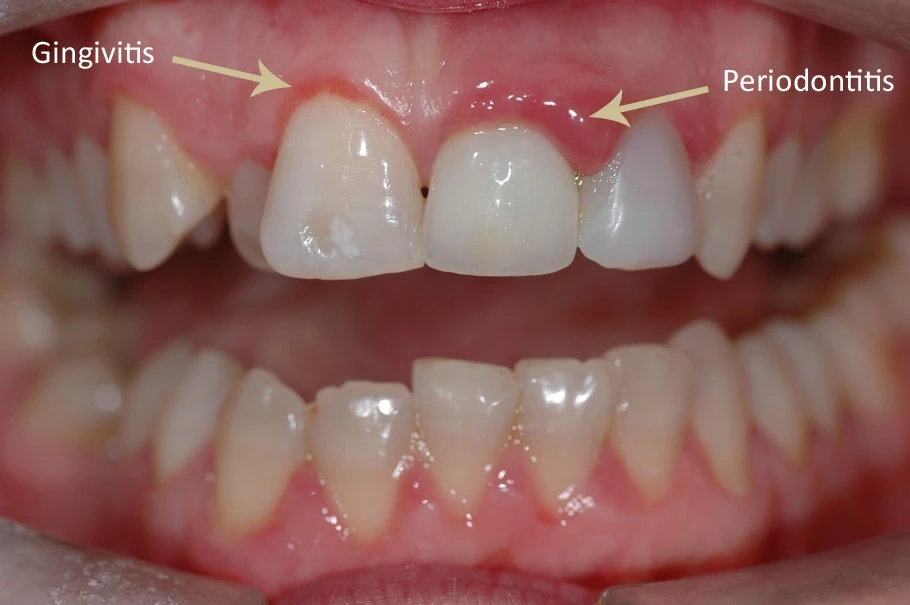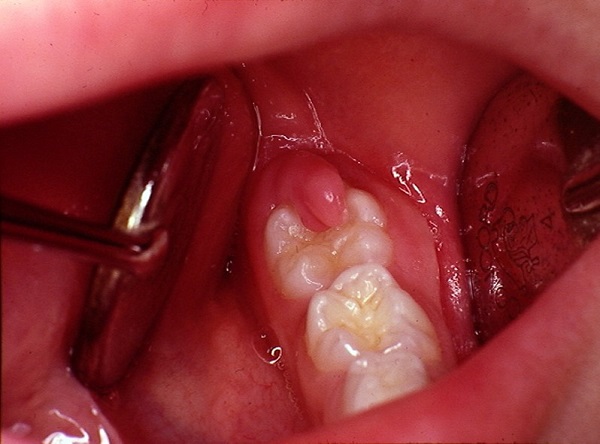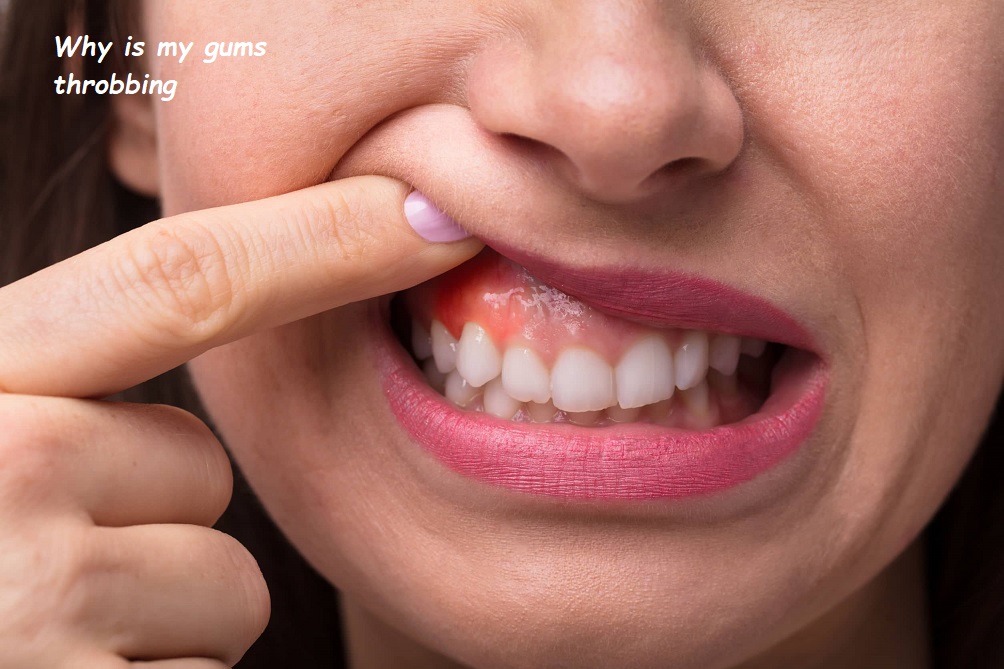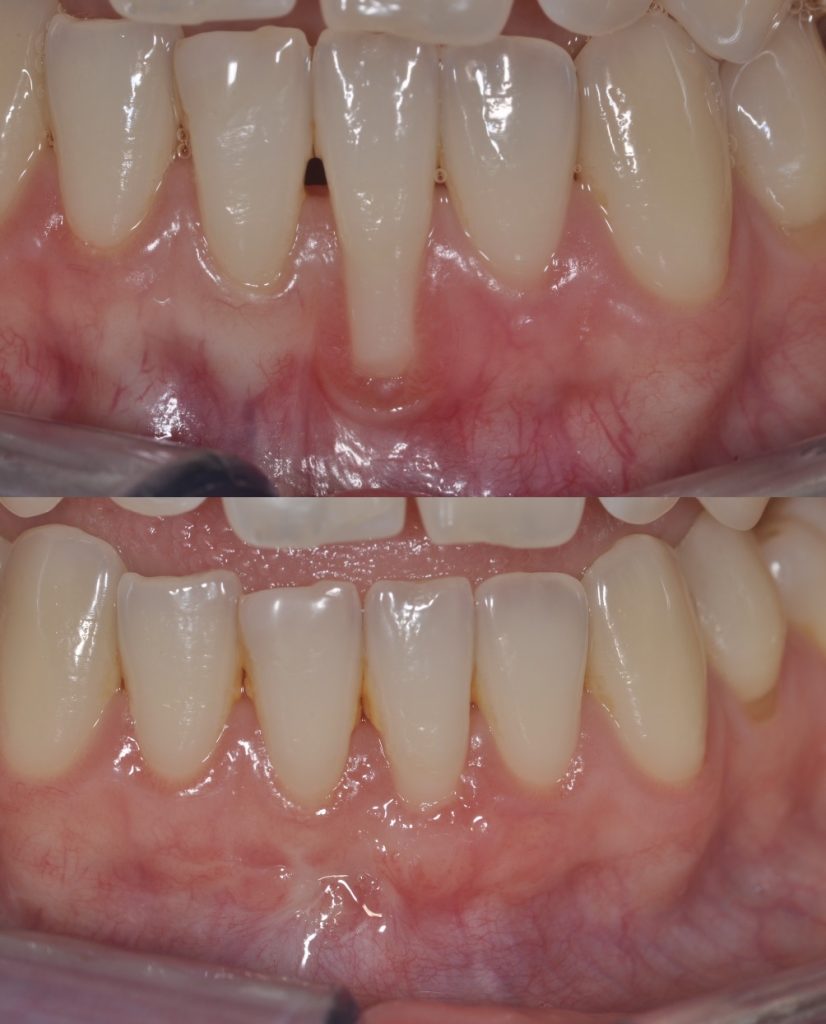Bump on Gums: Causes, Symptoms, and Treatments for Gum Cysts, Lumps, and Bumps
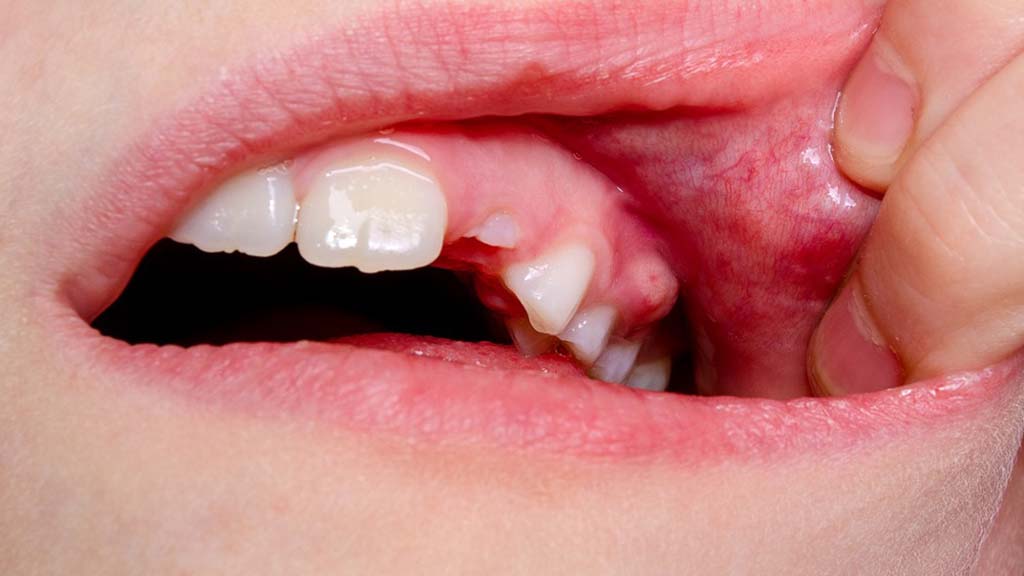
Discovering a bump on your gums can be alarming, especially if it’s unexpected or persistent. These bumps, whether hard, soft, painless, or painful, may indicate several underlying conditions. From gum cysts to abscesses, understanding what a lump on your gums means is vital for maintaining oral health.
In this comprehensive guide, we’ll dive into the common causes of gum bumps, the various types (like soft, painless lumps or hard bumps), and what treatments are available. We will also discuss related terms like gum cysts, lumps above the tooth, and when to seek professional care.
Common Causes of a Bump on Gums
1. Gum Cyst (Dental Cyst)
A gum cyst is a small, painless lump that forms when fluids accumulate in a sac of tissue. Cysts on the gums often result from trauma or infection near a tooth. While most gum cysts are harmless, they can become problematic if they grow, potentially leading to discomfort or infection.
Symptoms:
- Soft, painless lump on the gum
- Gradual growth without pain
- Swelling in the surrounding area
Treatment typically involves drainage or surgical removal if the cyst becomes large or infected.
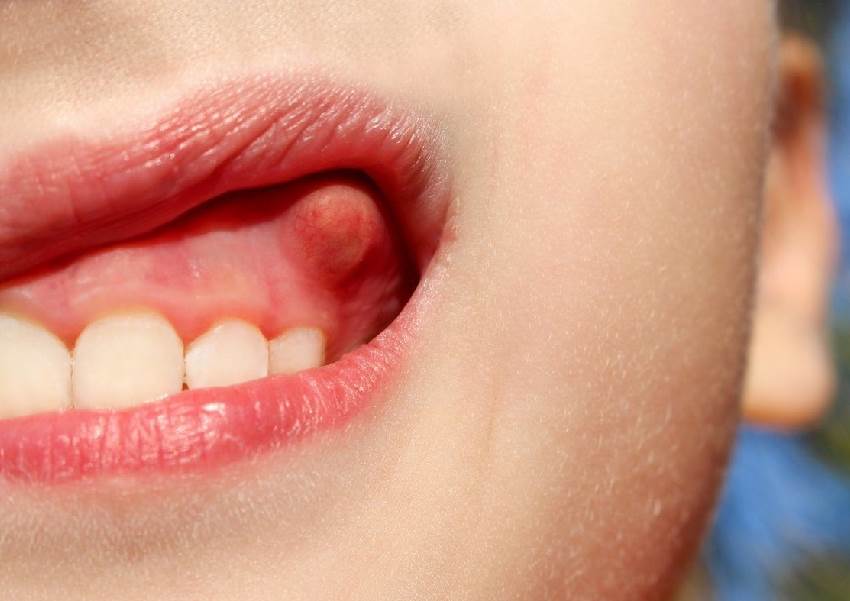
2. Dental Abscess
An abscess forms when an infection occurs in the gum tissue or around a tooth root. A bump on the gum above the tooth is a common sign of a dental abscess. Unlike gum cysts, abscesses can be painful and require immediate attention to prevent the infection from spreading.
Symptoms:
- Hard bump on gums
- Pain, especially when chewing
- Pus-filled bump that may leak fluid
- Swollen, red gums
Treatment involves draining the abscess and addressing the infection with antibiotics. In severe cases, a root canal or tooth extraction may be necessary.
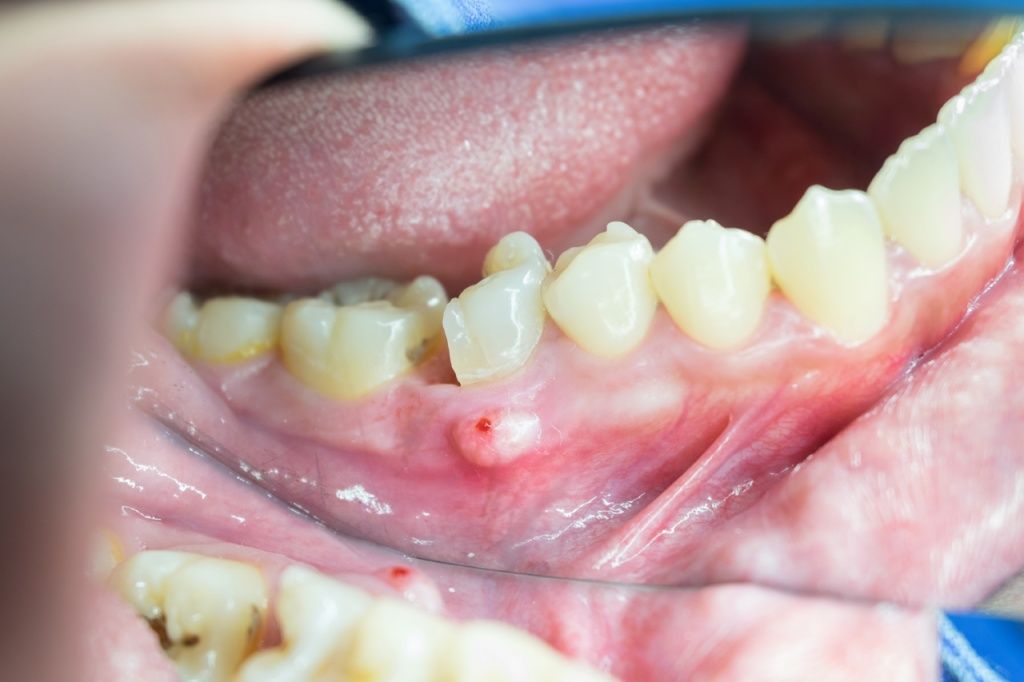
3. Irritation Fibroma
An irritation fibroma is a firm, hard bump on the gum caused by trauma or irritation, such as brushing too hard or chewing on the inside of your mouth. These growths are non-cancerous and typically painless.
Symptoms:
- Small, firm lump
- Painless, unless irritated
- White or pink in color
Most irritation fibromas do not require treatment unless they become bothersome. Surgical removal may be recommended in some cases.
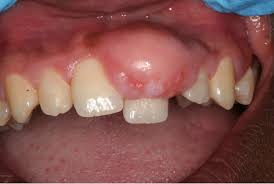
4. Periodontal Abscess
Similar to a dental abscess, a periodontal abscess occurs when there is an infection in the gum pocket. This condition can cause a lump on gums above the tooth and is often linked to untreated gum disease.
Symptoms:
- Soft or hard bump on the gums
- Swelling, tenderness, or redness
- Bad taste in the mouth (due to drainage)
- Pain when chewing
Treating a periodontal abscess involves draining the abscess and performing a deep cleaning to remove the infection. Surgery may be needed in more advanced cases.
Bump on Gums: Differentiating Hard vs. Soft Lumps
Hard Bump on Gums
A hard bump on the gums is usually linked to conditions like irritation fibroma, bone growth (torus), or a more serious infection such as an abscess. Hard lumps may feel like a solid mass and tend to require professional evaluation for a proper diagnosis.
Soft Painless Lump on Gums
A soft painless lump on the gum is often indicative of a benign cyst or fibroma. These lumps may not require urgent treatment but should be monitored for growth or changes in appearance.
Potential Concerns: Spot on Gums
Sometimes, a small spot on your gums can indicate an early sign of infection or irritation. A white, red, or dark spot may develop into a bump if not treated, signaling a need for intervention. These spots are common with:
- Canker sores (small white ulcers)
- Leukoplakia (thickened white patches)
- Gingivitis (gum inflammation)
If you notice a spot on your gums that doesn’t heal within a week or seems to worsen, consult a dentist to rule out more severe conditions like oral cancer.
When to See a Dentist
While some bumps on the gums may be harmless, others may indicate a more severe dental issue. Seek immediate dental attention if you experience any of the following:
- Pain or discomfort
- Pus or fluid drainage
- Persistent swelling or redness
- Fever or a foul taste in the mouth
Delaying treatment for conditions like abscesses or cysts can lead to complications, including tooth loss or the spread of infection to other areas of the body.
Treatment Options for Bumps on Gums
1. Home Remedies
- Saltwater Rinse: A simple saltwater rinse can help reduce swelling and kill bacteria, making it an effective at-home remedy for minor gum irritation or a small, soft lump on the gums.
- Warm Compress: Applying a warm compress to the affected area can reduce swelling and alleviate discomfort.
2. Professional Dental Treatment
- Drainage: For abscesses, a dentist may need to drain the bump to relieve pressure and clear out the infection.
- Deep Cleaning (Scaling and Root Planing): In the case of periodontal abscesses, deep cleaning may be necessary to remove plaque and tartar buildup.
- Surgical Removal: Large cysts or fibromas that interfere with chewing or speech may need to be surgically removed.
Preventing Gum Bumps
Maintaining optimal oral hygiene is key to preventing bumps on the gums. Here’s how:
- Brush twice a day using a fluoride toothpaste to remove plaque and food particles.
- Floss daily to clean between teeth and along the gumline.
- Visit your dentist regularly for cleanings and check-ups to catch problems early.
- Eat a balanced diet rich in vitamins and minerals to strengthen your gums and teeth.
Conclusion
A bump on your gums may not always indicate a serious problem, but it’s essential to monitor it closely. Understanding the various types of lumps—whether a soft, painless lump on the gum or a hard bump on the gums—and recognizing the accompanying symptoms can help guide you in seeking the proper treatment. Always consult your dentist for a professional evaluation, especially if the bump is painful, persistent, or growing.
For more information on oral health, check out our guide on gum health or our tooth brushing guide to help keep your gums and teeth in top condition.

